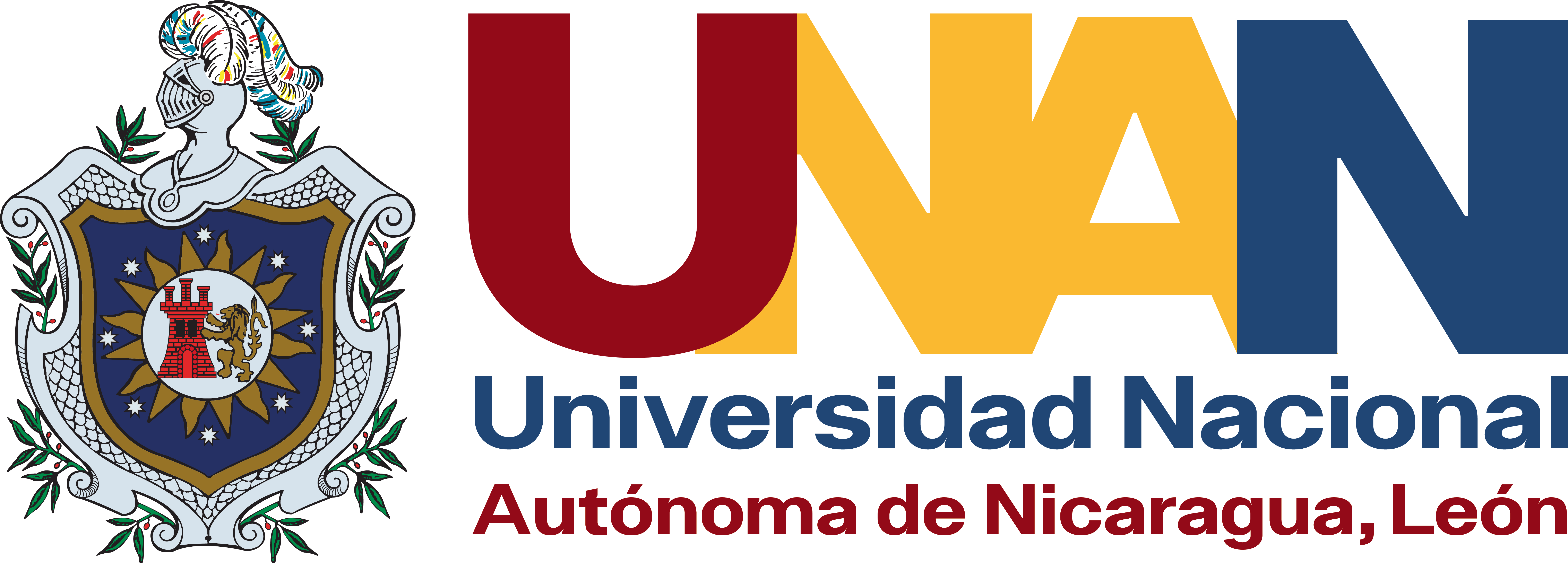Diagnosis of the quality of drinking water in the communities of the northeast rural sector of the municipality of León, Nicaragua
DOI:
https://doi.org/10.5377/universitas.v1i1.1625Keywords:
Coliforms, Pesticides, Nitrates, WellsAbstract
It is widely known that one of the main sources of water for human consumption is groundwater, which is currently receiving pollution caused by human beings. The objective of this study was to characterize the quality of water for human consumption in the northeastern rural sector of León. Microbiological analyzes (N=69), physical-chemical analyzes (N=67) and pesticide analyzes (N=48) were performed. In addition, a survey was carried out on the characteristics of the water sources (wells), the use and treatment of their waters. The microbiological analyzes showed that 95.7% of the results do not meet the requirements established in the CAPRE standards. According to the standards of the UNAN-León microbiology laboratory, 97.1% of the samples are contaminated. 18.8% of the wells present physical-chemical contamination and 31.3% of the wells present contamination with pesticides. The main pesticide found was Chlorpyrifos, followed by DDT. Statistical tests significantly associated ( = 0.580, p<0.05) microbial contamination with the type of well. There is a significant degree of association between microbial contamination and the presence of animals near the well. The results suggest that the contamination occurs fundamentally due to the direct introduction of contaminated ropes into the wells
Downloads
References
AMERICAN PUbLIC HEALTH ASSoCIATIoN (APHA). (1989). Standard Methods for the Examination of Water and Wastewater, American Water Works Association & Water Pollution Control Federation.17 th ed., WaashintonWashington, D.C.USA. Parte 9000.
gray, N.f. (1994). Calidad del agua potable problemas y soluciones. Trad. I.E. López. Editorial Acribia, S.A. Zaragoza, España. 365 p.
Holdridge, L.R. (1984). ECOLOGY. Segunda Edición. 72 p. Hornsby, A.G. 2000. Agua subterránea: el recurso oculto. Trad. J. Rosales; C. Balerdi y R. Regalado (en línea). Universidad de Florida. Consultado 18 may. 2006. Disponible en http://edis.ifas.ufl.edu/SS313
Hunter, C.; J. Perkins, J. Tranter y P. Hardwick. (2000). Fecal bacteria in the water of upland area in Derbishere, England: The influence of agriculture land use. J. Environ. qual. 29: 1253-1261. https://doi.org/10.2134/jeq2000.00472425002900040032x
Instituto Nicaragüense de Estudios Territoriales (INETER). 2006. Caracterización geográfica del territorio nacional. Precipitación y régimen térmico. Consultado el 11 de abril del 2007. Disponible en: http://www.ineter.gob.ni/caracterizaciongeografica/capitulo
2.html7.Picone, L.I., Y.E, Andreoli, J.L. Costa, V. Aparicio, L. Crespo, J. Nannini, W. Tambascio. (2003). Evaluación de nitratos y bacterias coliformes en pozos de la cuenca alta del Arroyo Pantanoso (bS. AS). INTA. RIA, 32 (1): 99-110.
Reilly, K. y J. Kippin. (2000). Relación entre el contaje bacteriológico y otros parámetros de calidad de agua tratada en sistemas de distribución. Hoja de divulgación técnica, CEPIS. 4 p.
Spalding, R.F., M.E. Exner. (1993). Occurrence of nitrate in groundwater. A review: J. Environ. Qual. 22: 392-402.https://doi.org/10.2134/jeq1993.00472425002200030002x
Downloads
Published
How to Cite
Issue
Section
License
Copyright (c) 2007 National Autonomous University of Nicaragua

This work is licensed under a Creative Commons Attribution-NonCommercial-ShareAlike 4.0 International License.
Copyright © 2025 Universitas (León), Revista Cientifíca de la UNAN-León. Academic Direction. Research Department. Publication and Scientific Event Unit.










